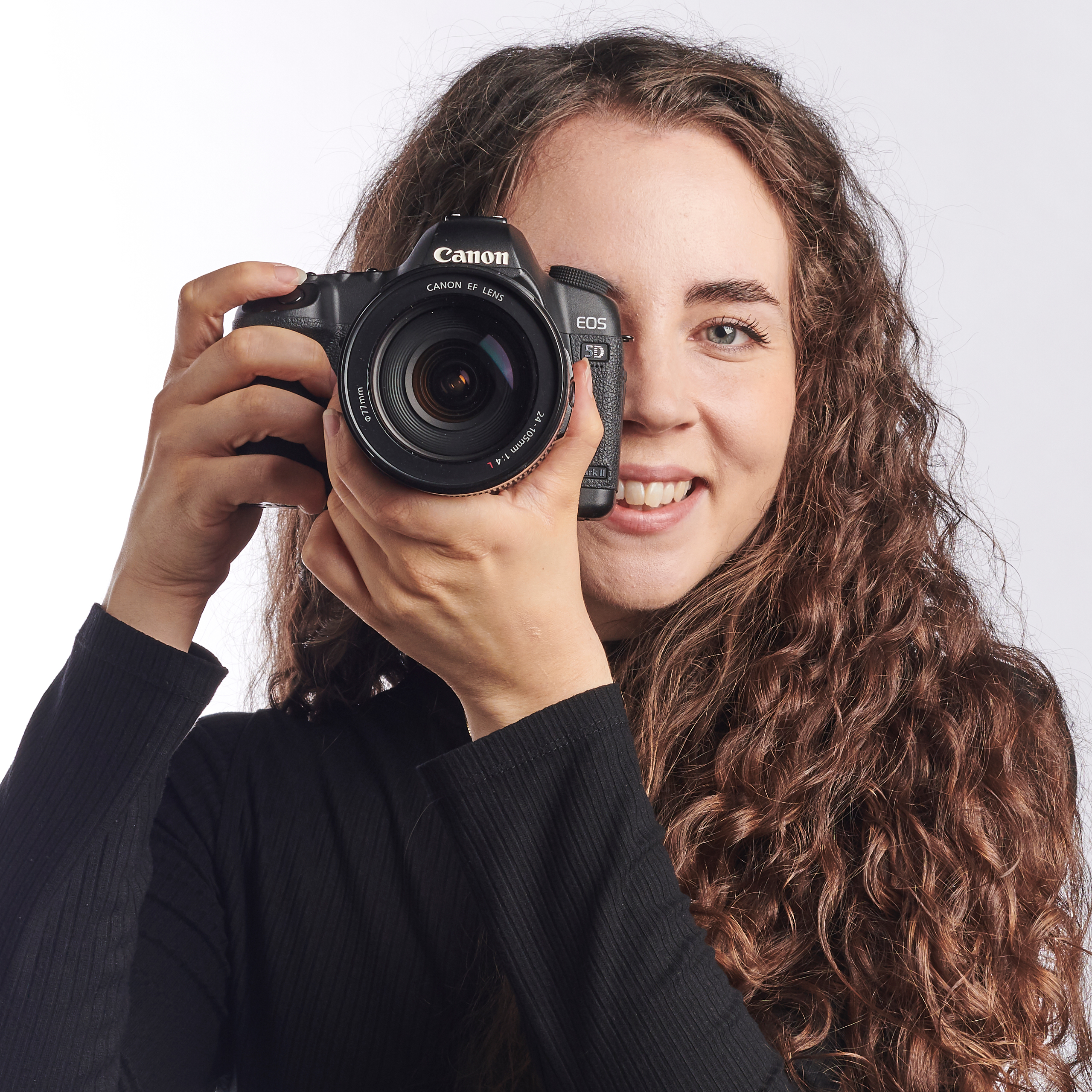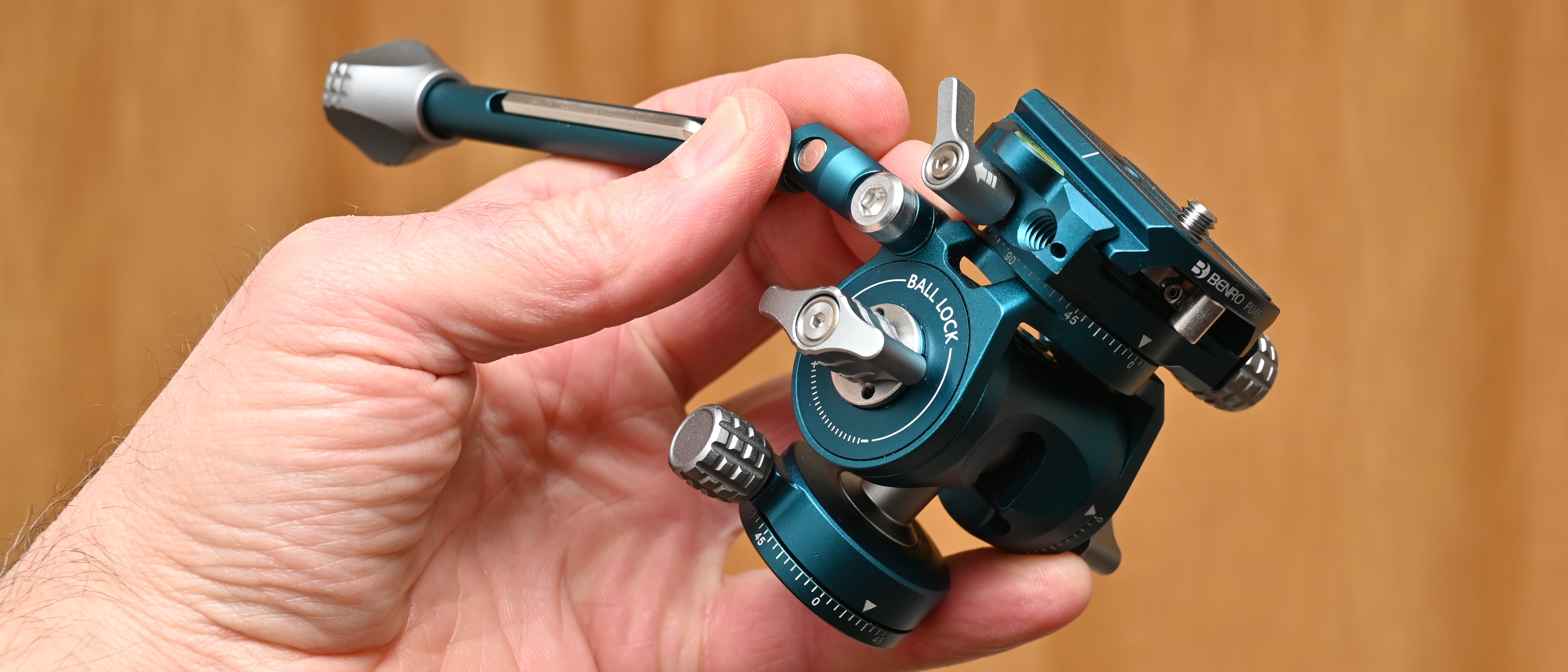Eddie Keogh: "The Canon EOS-1D X Mk III is genuinely on another level…"
We caught up with sports photographer Eddie Keogh ahead of his upcoming talk at The Photography Show
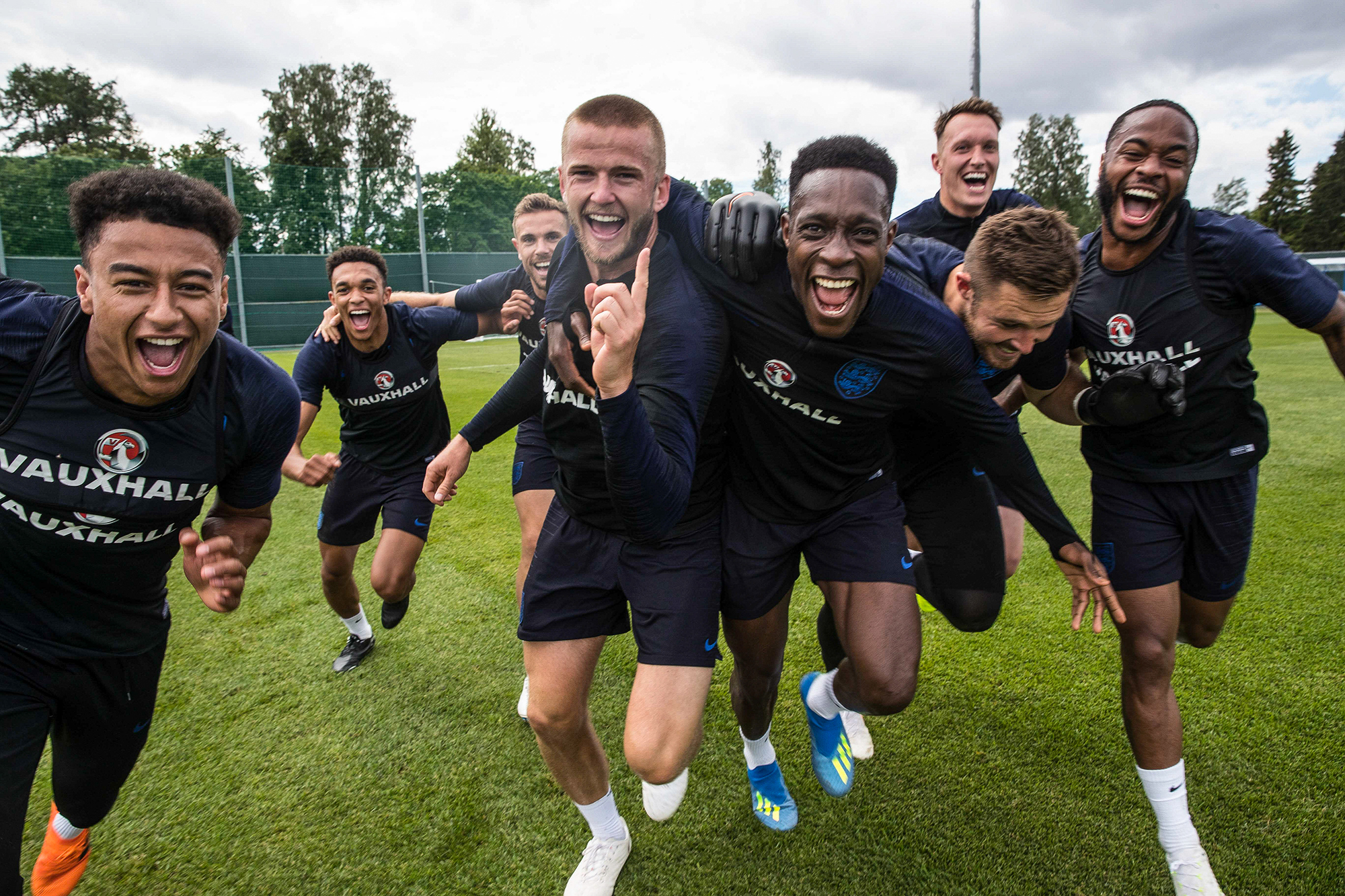
The Photography Show is fast approaching, and there are plenty of exciting talks and demos to look forward to. However, one of the events that we’re most looking forward to will be taking place on the Canon Spotlight Stage, where sports photographer Eddie Keogh will be sharing stories about his time behind the lens with the England men’s football team.
Eddie Keogh has over 30 years of experience shooting everything from archery to Zinedine Zidane. He’s worked with prestigious names such as Rolex, Rolls Royce, O2 and Barclays, and he’s also a Canon Ambassador.
• Read more: The Photography Show
However, Eddie Keogh’s talk won’t be the only exciting thing happening at the Canon stand. Nature photographer Chris Packham and fine art photographer Linda Blacker will also be taking to the stage to discuss their inspirational work. There will also be shooting scenarios on display for attendees to use, including a live fashion and fine art photoshoot that visitors can fully immerse themselves in. Find all of these exciting events at the Canon stand, situated at E131-D141 in Hall 5.
We caught up with Keogh ahead of The Photography Show to ask him a few questions about his illustrious career and what we can expect from his upcoming talk…
How did you originally get into sports photography? And how did your career progress?
I got into photography at a very early age and at around the age of 16 I spent the summer traveling with my mum around Europe in a Volkswagen camper van. She had a very small camera that could literally fit in your pocket that I enjoyed using. When I came back I wanted to do more of it, so my interest in photography grew. But I’d also always been very interested in sports, so it was only a matter of time before these two interests came together.
Get the Digital Camera World Newsletter
The best camera deals, reviews, product advice, and unmissable photography news, direct to your inbox!
What’s been the best moment of your career?
There have been two big moments that stand out to me. I covered my first World Cup in 1986 when I was 23 years old. As a young kid, it’s pretty special to cover a World Cup, especially only having been in the business for two or three years. I covered the World Cup for Today newspaper, which was the first ever color newspaper in the UK. I’d only become a sports photographer about six months before that, and, in fact, on the day I joined they told me I was going to be covering the World Cup – so that turned out to be quite a good day! That was probably one of my favorite experiences, because when you do big events like that for the first time they’re pretty special.
The last one I covered with England was pretty special too, because it was from a very different angle. It was actually the ninth World Cup I’d covered, but I’d worked for newspapers or agencies for all the others. However, on this occasion I was on the inside. It was an amazing experience to feel like I was part of the team, and it also ended up being quite a special ride, because we got to the semifinals of the World Cup.
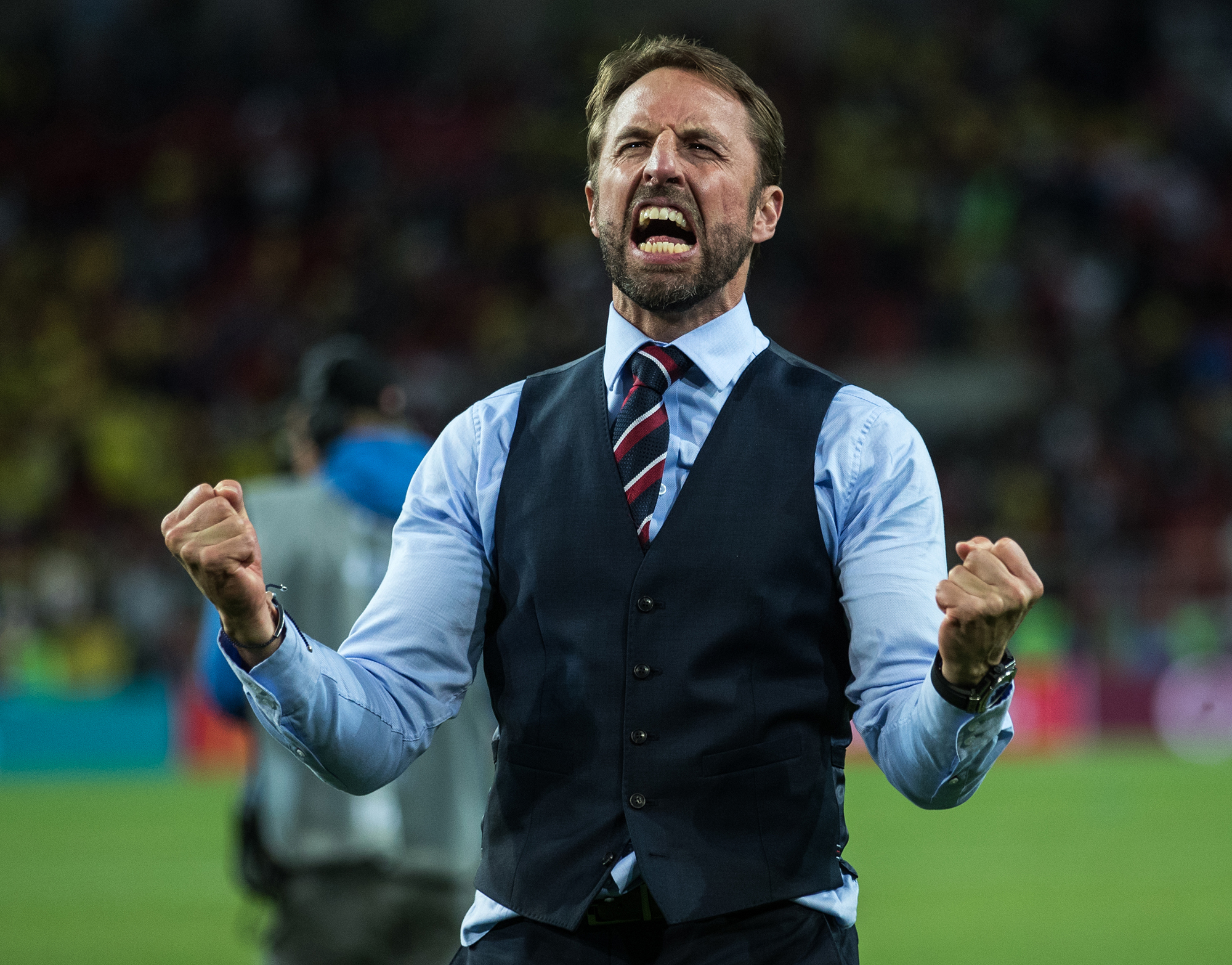
What’s your favorite part of shooting sports photography?
I guess it’s that I still really enjoy sport. I cycle a lot and I’ve played football all of my life. It’s nice to continue that competitiveness in photography, because when I go to a game I’m competing against all the other agencies and photographers. Everyone that goes to the game wants to get the best picture. Some of us are paid a set fee and some photographers will only earn money if they get the picture. As you can imagine, it’s pretty competitive, because if I don’t produce the goods then the client won’t ask me to go back. But I enjoy that. We have a reputation in the UK for having some of the best sports photographers in the world, so it’s nice to be working at that level.
What was your experience like working with the England football team?
It’s been a very enjoyable experience, and a very different experience to be part of something as opposed to working with an agency or newspaper. You really do feel like you’re a part of the whole team and all the players and staff have been great to work with.
It’s eye-opening to be able to see how an international team is run from the inside. You can only glean so much from the outside, but when you’re on the inside it’s very different. Everyone there lives and breathes football. Every moment of their day is about how they can improve.
We have another team within the team, which is the FA communications department, where we look after all the social media. It’s important to show the world what the team does, and hopefully that portrayal comes out in a good and fun way. From a photographic perspective, I also hope that it comes out in a creative way as well.
I’m 57 years old now and I’ve seen quite a few things in my lifetime, but this experience has been very rewarding and refreshing for both me and my career.
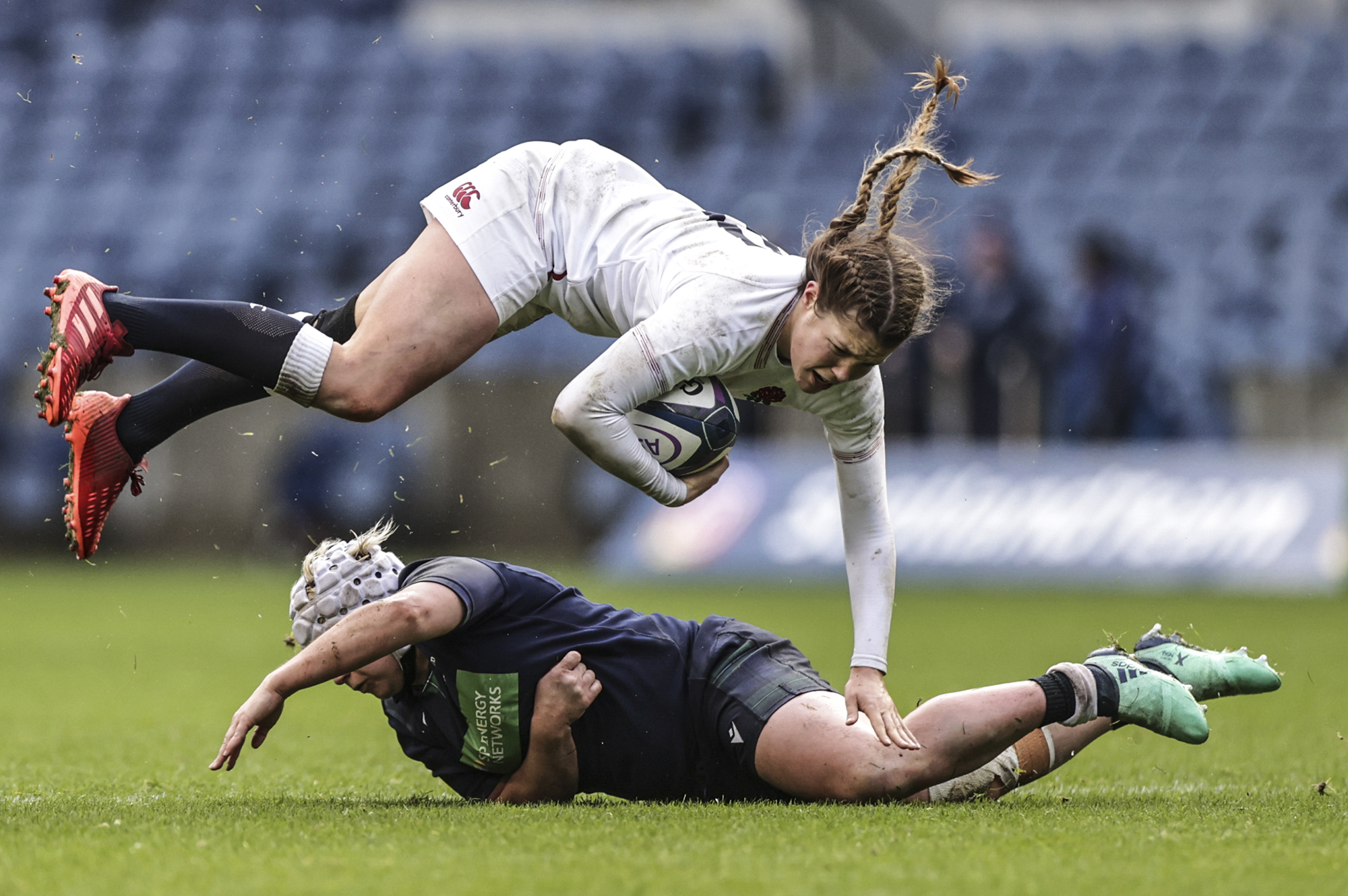
What kit do you use?
If I was covering a game at, say, Wembley Stadium, I would bring four cameras, including two Canon EOS-1D X Mark IIIs and two Canon EOS-1D X Mark IIs. I’d also bring a EF 400mm f/2.8 IS II USM, EF 70-200mm f/2.8L IS III USM, EF 24-70 f/2.8 II USM, EF 16-35mm f/2.8 III USM, a Canon EF 20mm f2.8 USM, and occasionally an Canon EF 85mm F1.4L IS USM.
I need two bags for all of my kit, including a Think Tank trolley on wheels and a large F-Stop rucksack. I’ll also bring along other kit, including a collapsible seat, 30 meters of ethernet cable, mini-tripods, monopods and flashguns. It’s crazy the amount of kit you’ve got to bring.
Just as an example of a typical situation, if I’m shooting football and working behind the goal, I’ll position myself with a camera with my 70-200mm round my neck and I’ll have a 400mm on a monopod that I’ll hold with my knees. Down on the floor I’ll have a 24-70mm just in case the players run up close to the goal to celebrate. The fourth body will be behind the goal and I’ll work that with radio slaves, so that when I fire my 70-200mm it triggers that second camera automatically. At an FA cup final, I would also bring a fifth body so that I could put two cameras behind the goal.
What do you think of the Canon EOS-1 DX Mark III?
It’s a fantastic bit of kit. As you’d imagine, this is four years on from the last one and those guys in Japan haven’t just been sitting on their hands. It’s a competitive industry, with Sony coming into the market and Nikon really pushing their tech as well. It’s good for photographers, because the camera companies are having to work even harder to keep us happy.
I’m genuinely very happy with this camera, it’s really on another level. I think sports photographers have this reputation of just letting the burst mode rip all the time, but that’s not really the case too often. We follow the play and pick the peak of the action, and that’s when you need 16fps. When two players go up to challenge for the ball, that’s when you shoot 6-7 frames in a half second and you get more choice in your final images.
We did some testing with the Mark III a few months back to see how it fared. We shot basketball indoors in low light. The players that were running towards us were wearing plain black t-shirts with no writing or logos to help the camera distinguish them from the background. This was actually the first time I’d picked up the camera, but it performed really well.
I was tracking one player who was running towards us and he completely disappeared twice behind other players, but when I photographed him he was pin-sharp. And that was with low light, a black t-shirt and other bodies crossing in front of him. As good as the Mark II is, it wouldn’t have been able to handle that, but this is what Canon has been building.
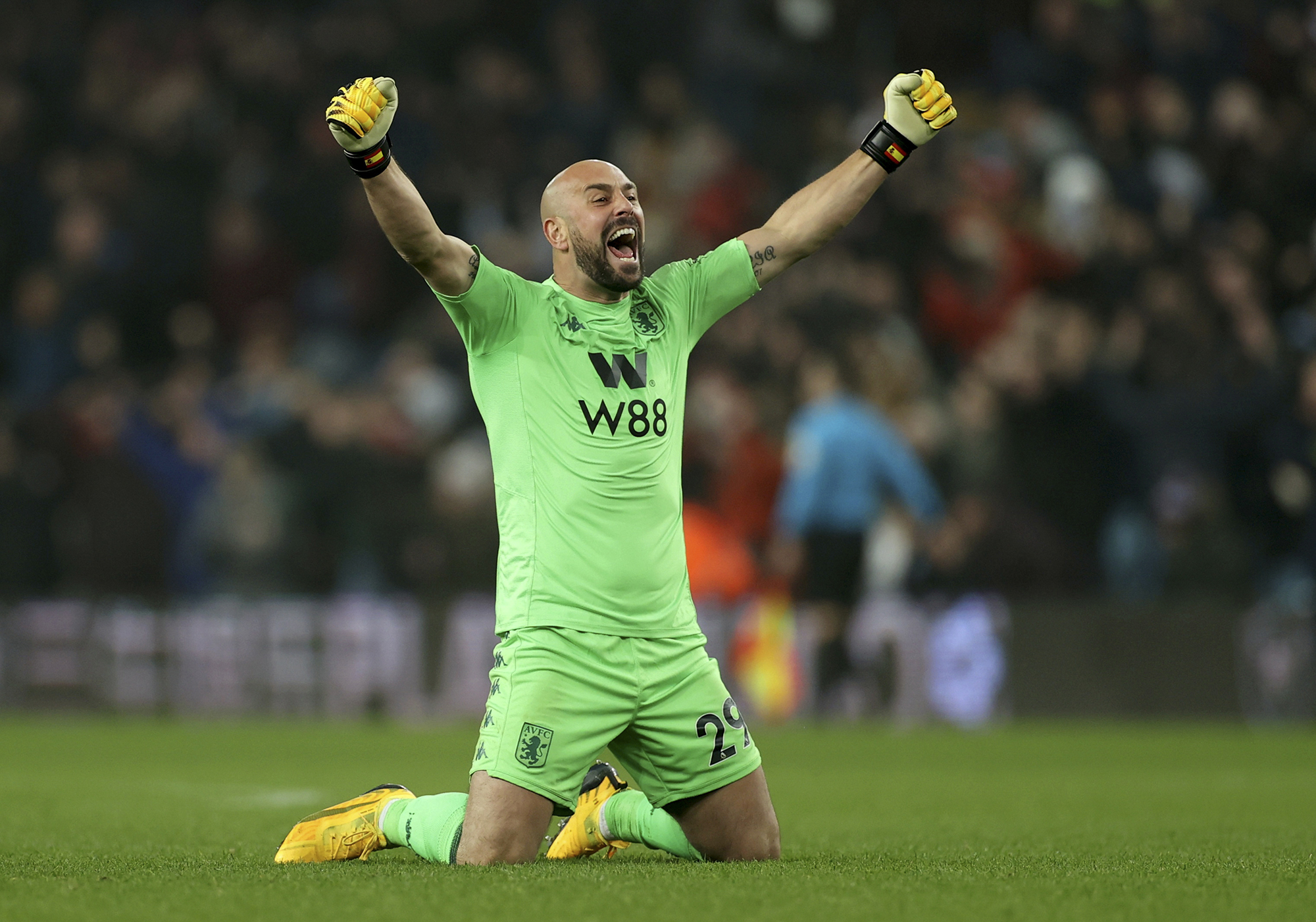
Why are you looking forward to The Photography Show?
It’ll be interesting to have a look around. I’m there with Canon, so I’ll be around to talk to people about the cameras and show them examples of what they do. Going to shows like this really help you learn what’s relevant today. Things are changing all the time in this business, so it’s good to keep up to date.
What can people expect to see from your talk on the Canon Spotlight Stage?
I’ll be focusing on giving an understanding on how a sports photographer works. I’ll also be covering working with the FA and the England team. I’ll cover how we work, what we’re planning, what we do on social media, and how I go about doing my job. I’ll also run through a normal day of working with the England team.
My job isn’t just going to games, it’s also flying with the team. On a day when we’re flying to another country it’s always a bit of a rush. They’ll train in the morning, then we go to our room and get our gear, rush onto a coach, where I’m still sending pictures from training to the social media team. Then I’ll have to get photos of them getting on a plane, and I’ll need to send the shots before the plane takes off and the internet connection goes.
Then, I do the same on the other end. And then we’ll go in the back of a van, racing to the stadium because they’ve got a press conference within 45 minutes. They jump in a car with a police escort and we chase after them to shoot the press conference. After that I send those pictures, and then finally I get back to the hotel and have a lie down… and maybe even a cheeky gin and tonic.
Eddie Keogh will be speaking at the Canon Spotlight Stage at The Photography Show, which is at Birmingham NEC from 14-17 March. You can book your tickets here.
Read more
Best Canon camera in 2020: Canon's DSLR, mirrorless and compact cameras
Best Canon lenses in 2020: go longer, wider and closer with your Canon camera
Best Canon portrait lenses for EOS DSLR users
With over a decade of photographic experience, Louise arms Digital Camera World with a wealth of knowledge on photographic technique and know-how – something at which she is so adept that she's delivered workshops for the likes of ITV and Sue Ryder. Louise also brings years of experience as both a web and print journalist, having served as features editor for Practical Photography magazine and contributing photography tutorials and camera analysis to titles including Digital Camera Magazine and Digital Photographer. Louise currently shoots with the Fujifilm X-T200 and the Nikon D800, capturing self-portraits and still life images, and is DCW's ecommerce editor, meaning that she knows good camera, lens and laptop deals when she sees them.
